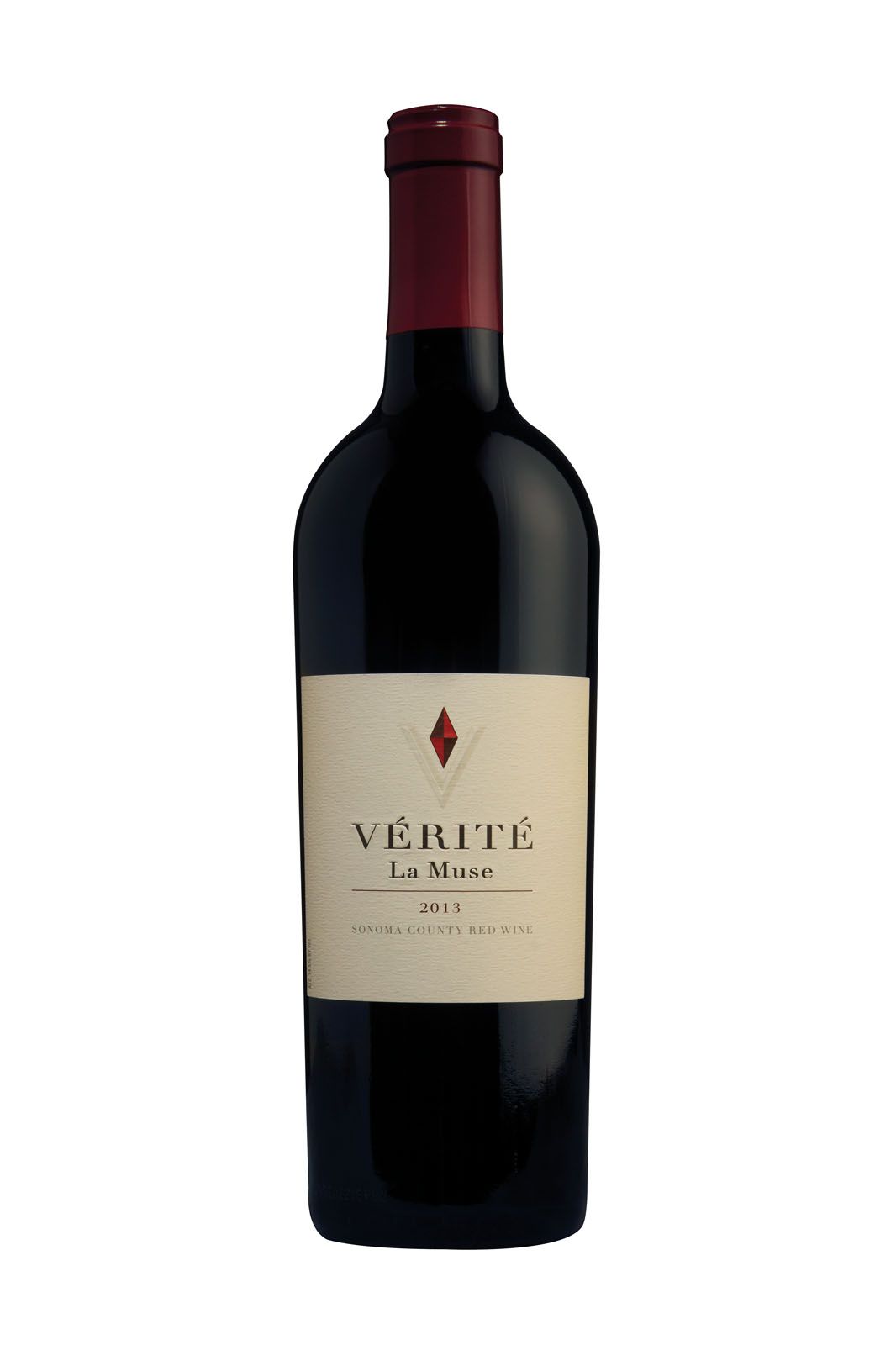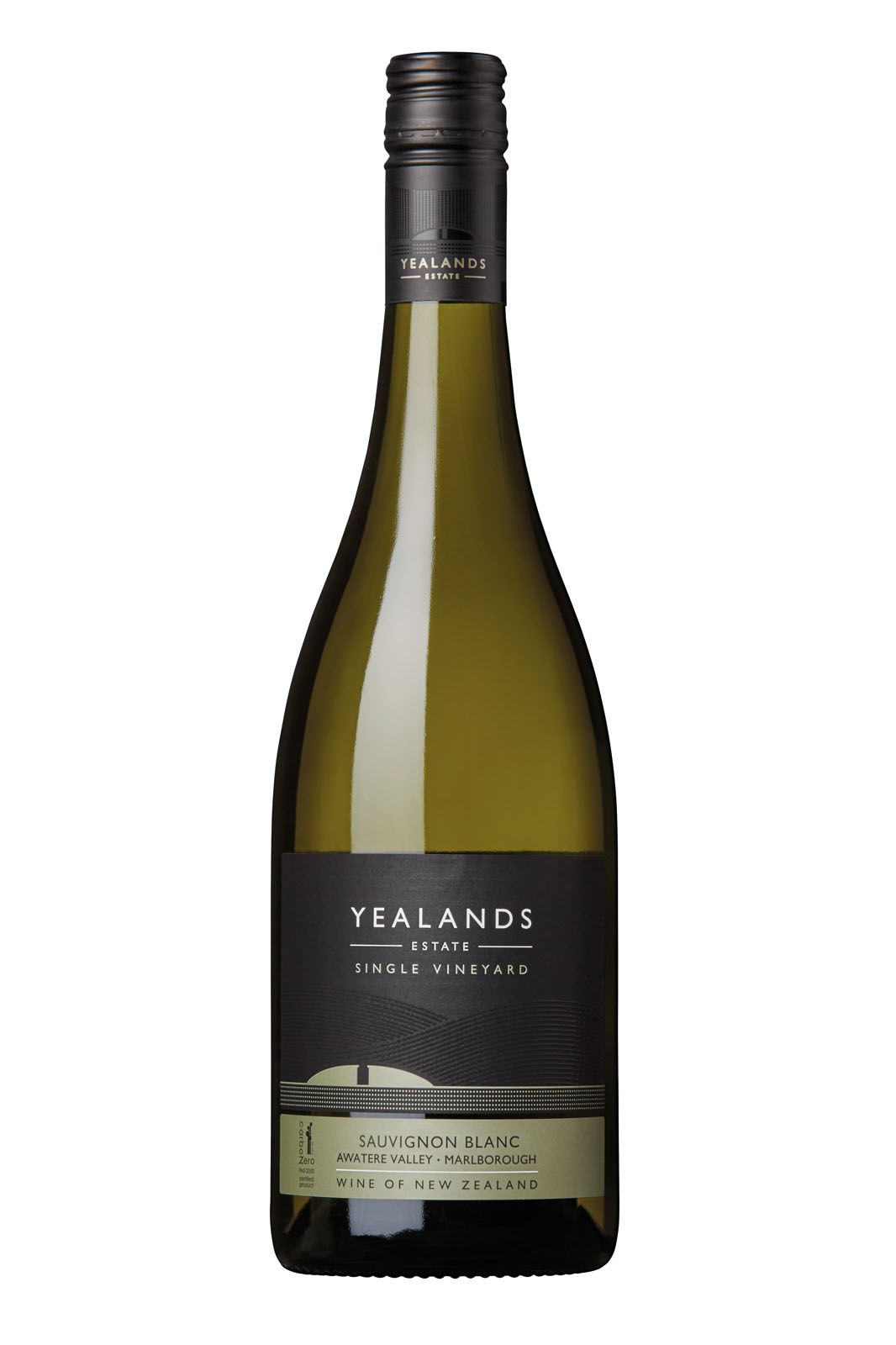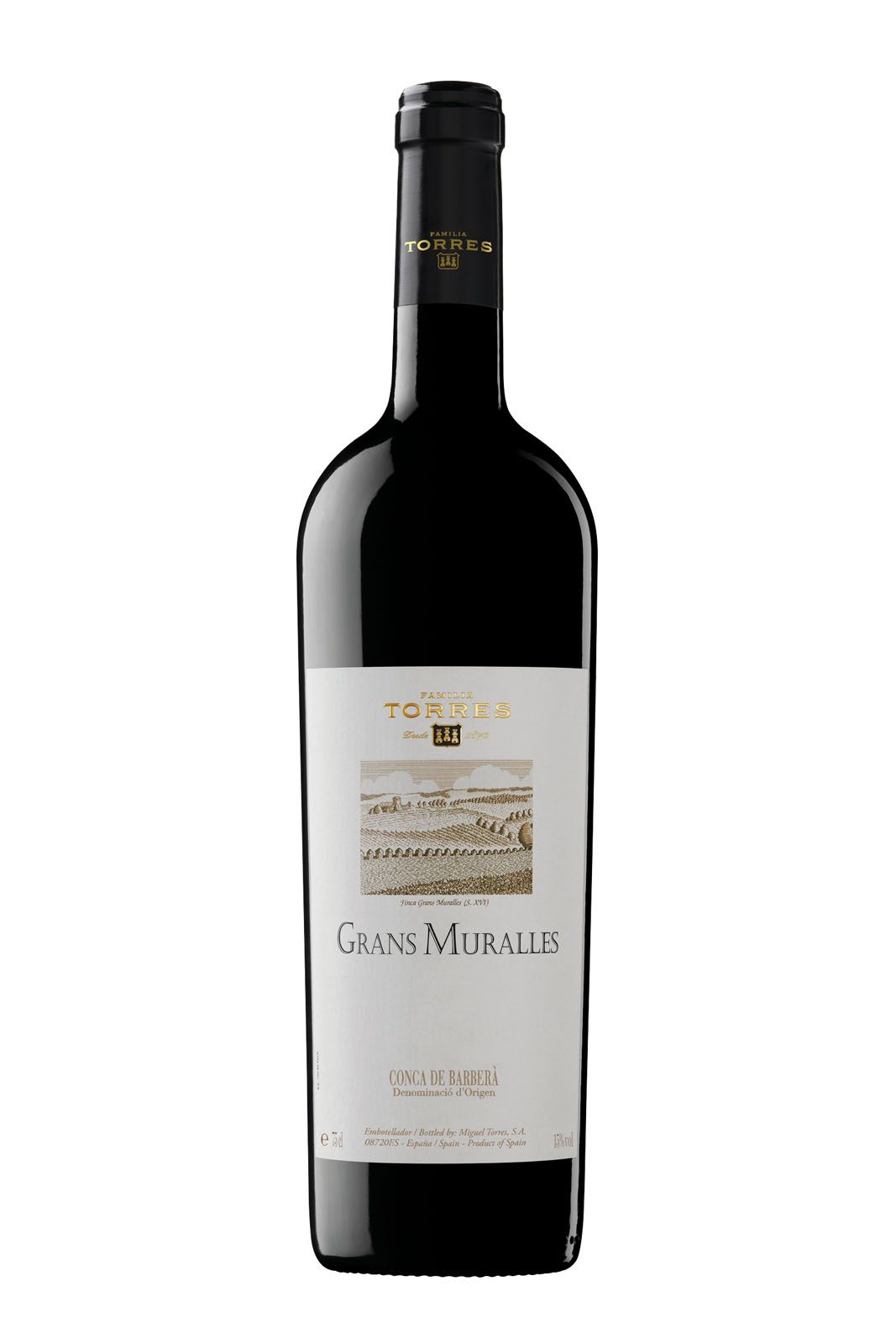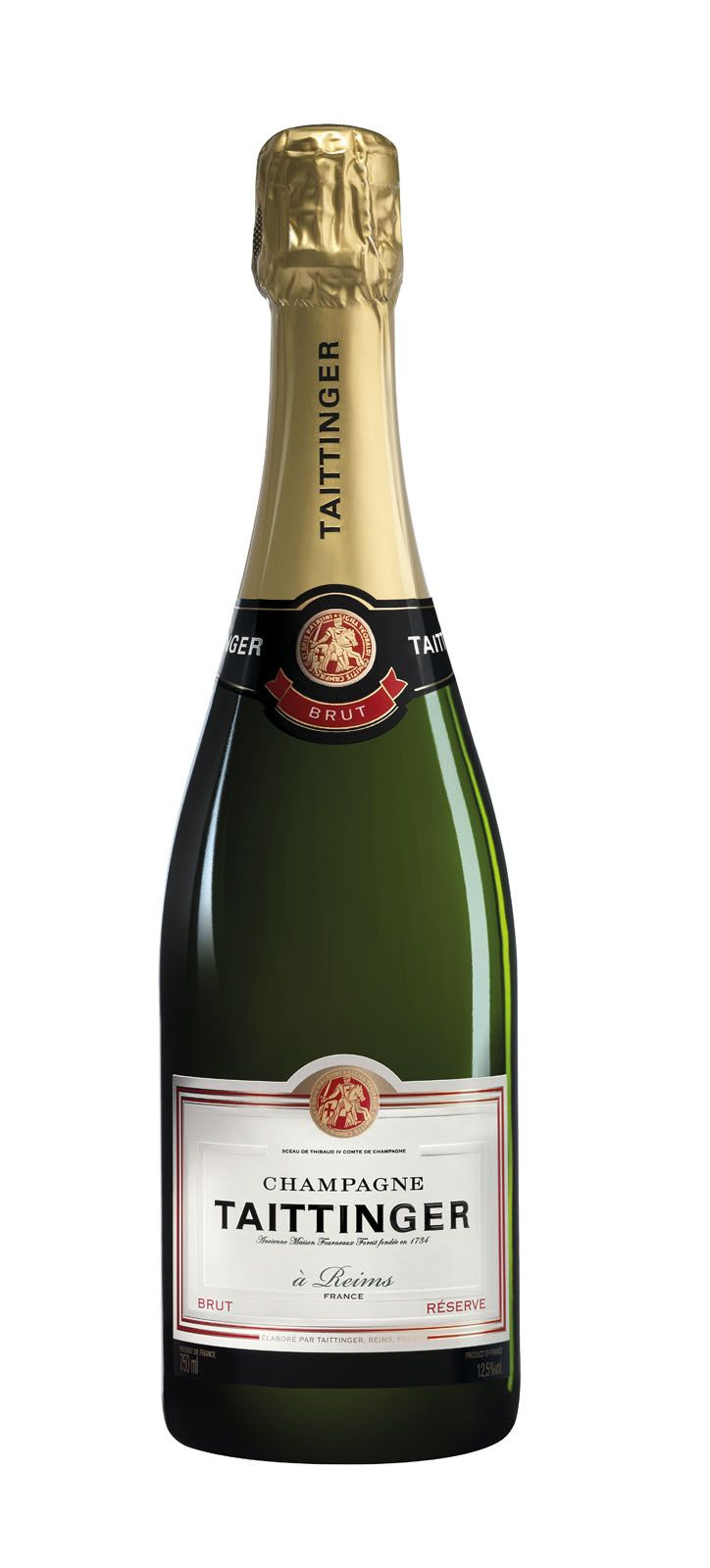
1. Vérité La Muse 2013
Who said sustainability has to feel austere? This merlot-dominant Bordeaux blend from Jackson Family Wines of California’s Sonoma County was created to rival Pomerol’s Pétrus. With its luscious red cherry and undergrowth aromas (and the knowledge that it comes from a low water-usage, largely solar-powered winery), it will make you feel simultaneously indulged and deeply virtuous.
2. Marco Cirillos 1850 Ancestor Vine Grenache 2016
Though known for shiraz, the Barossa Valley’s increasing focus on less thirsty grenache is an encouraging sign. This ethereal, silky, tart cherry- and raspberry-fruited Australian gem is grown in a vineyard so dry and sandy you want to run through it barefoot in a bikini.



